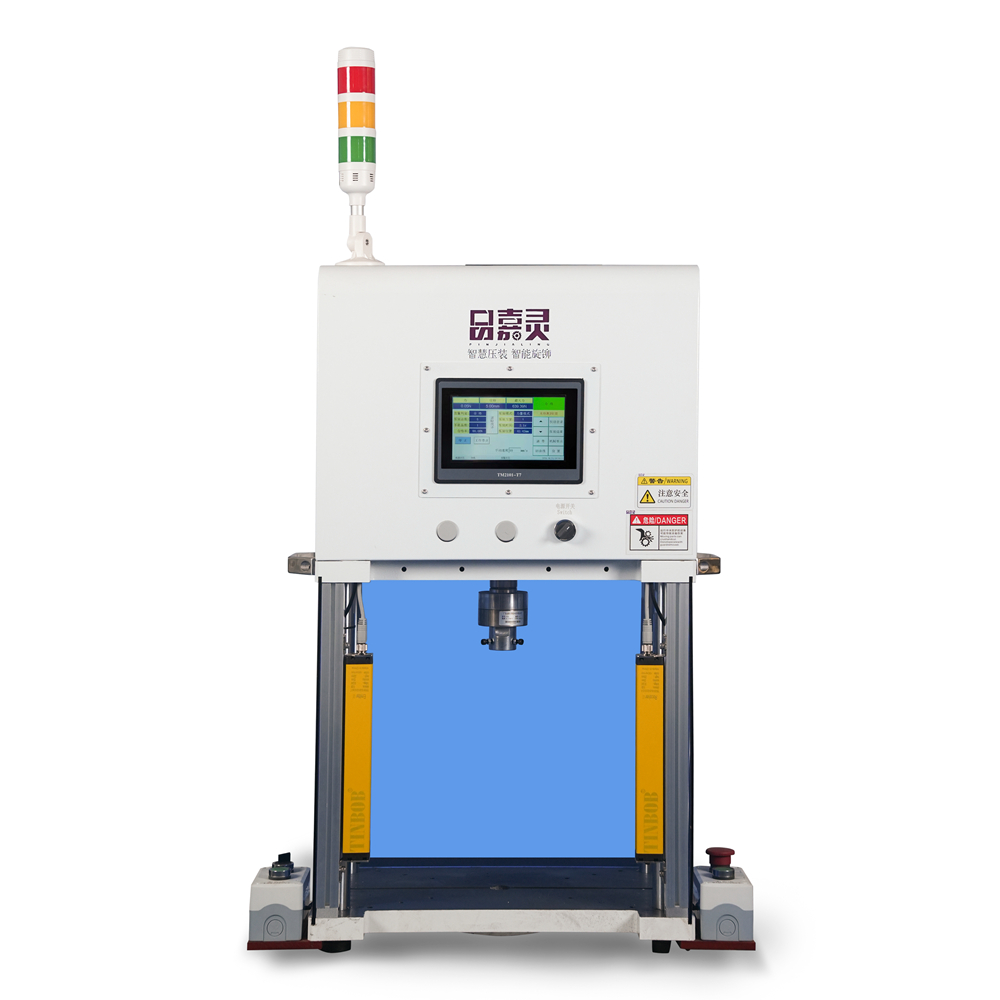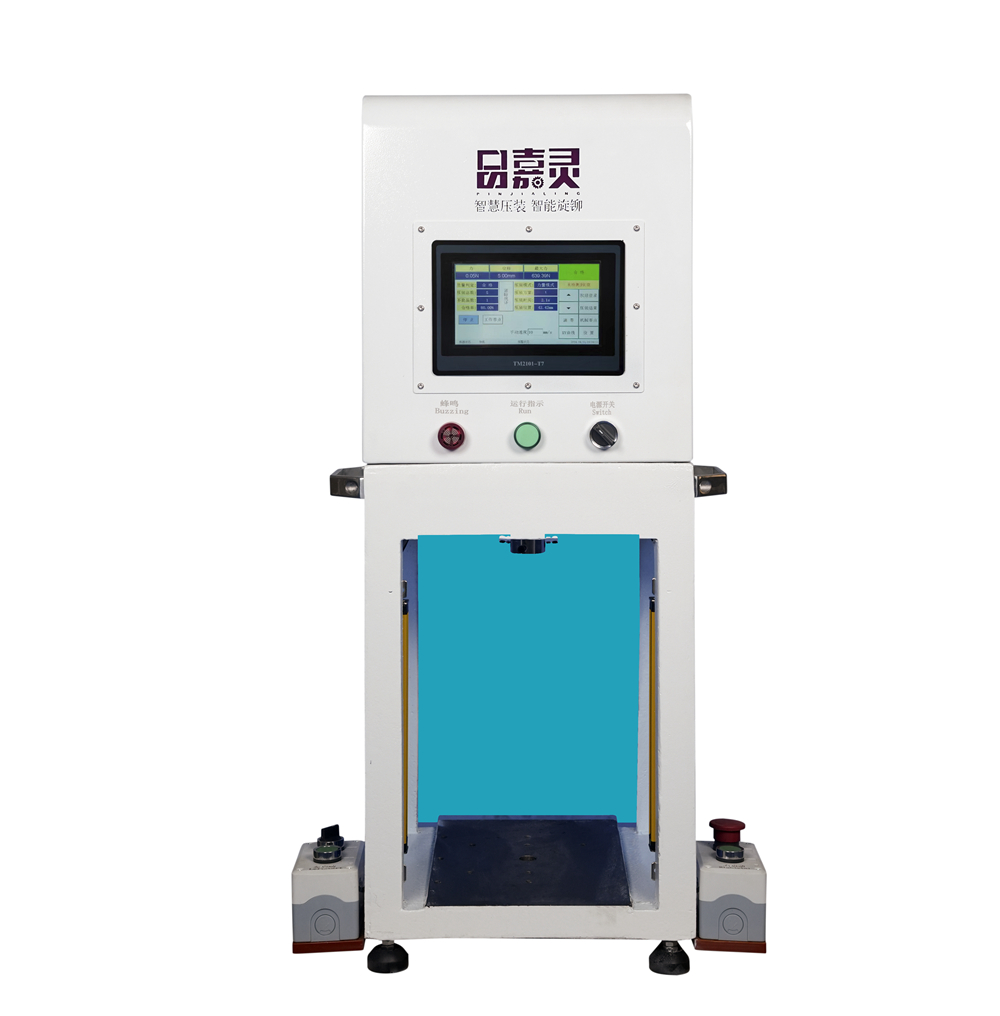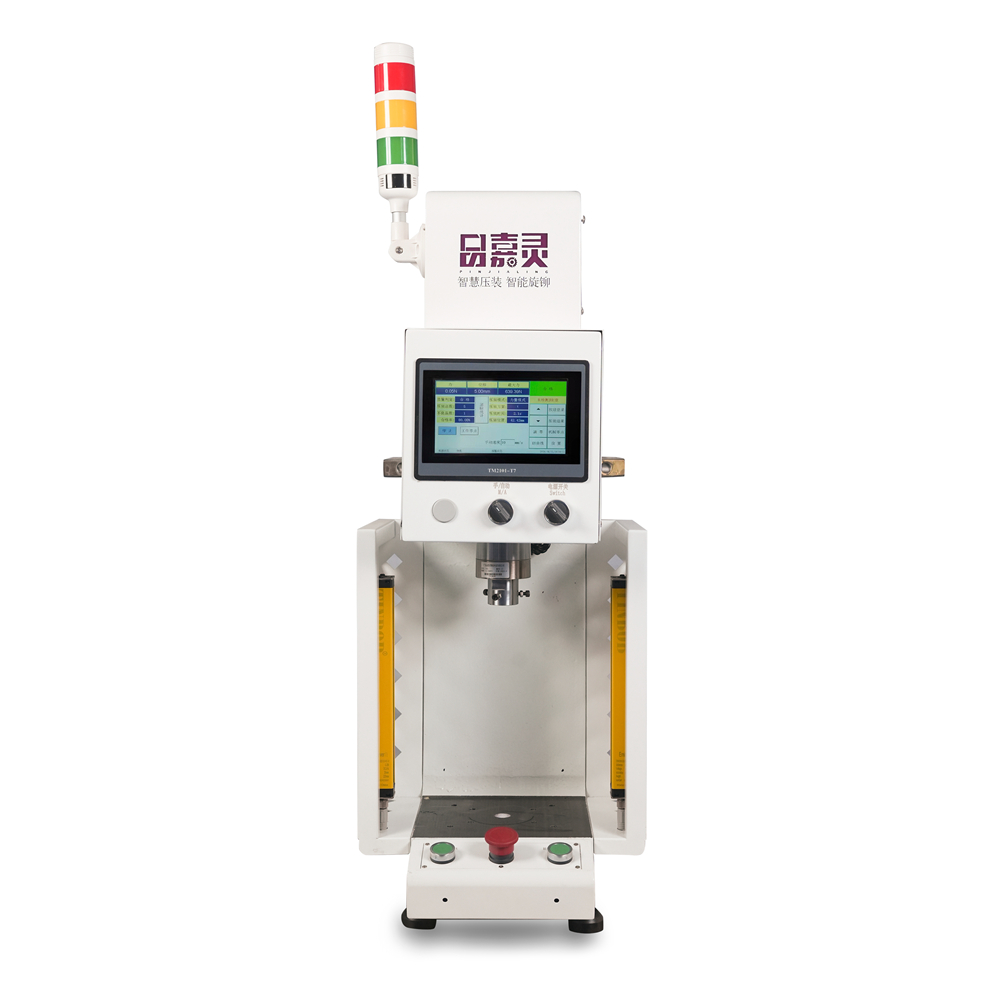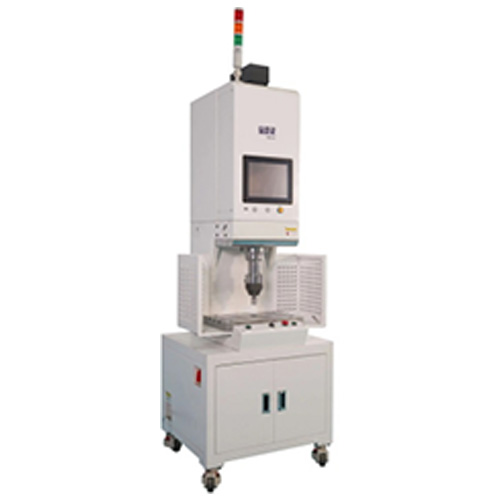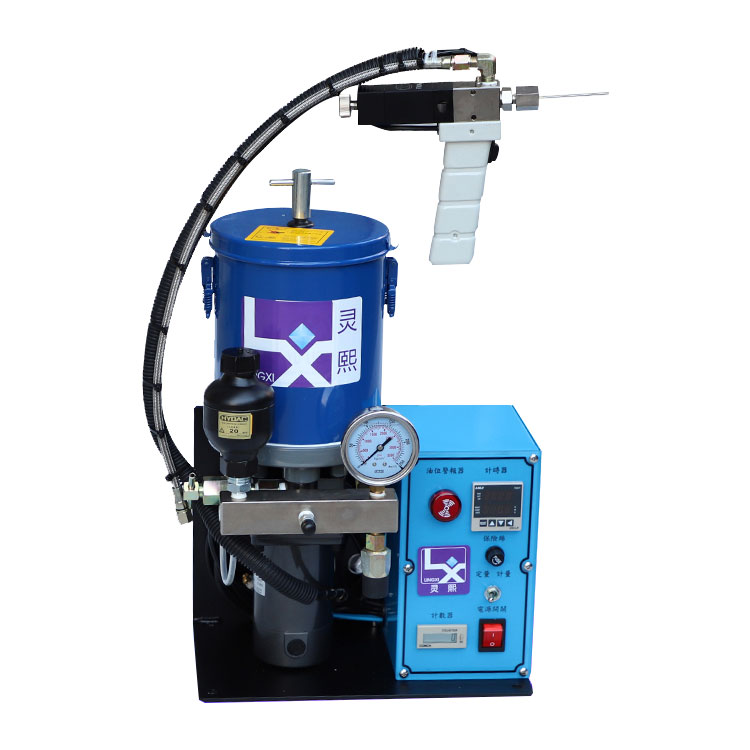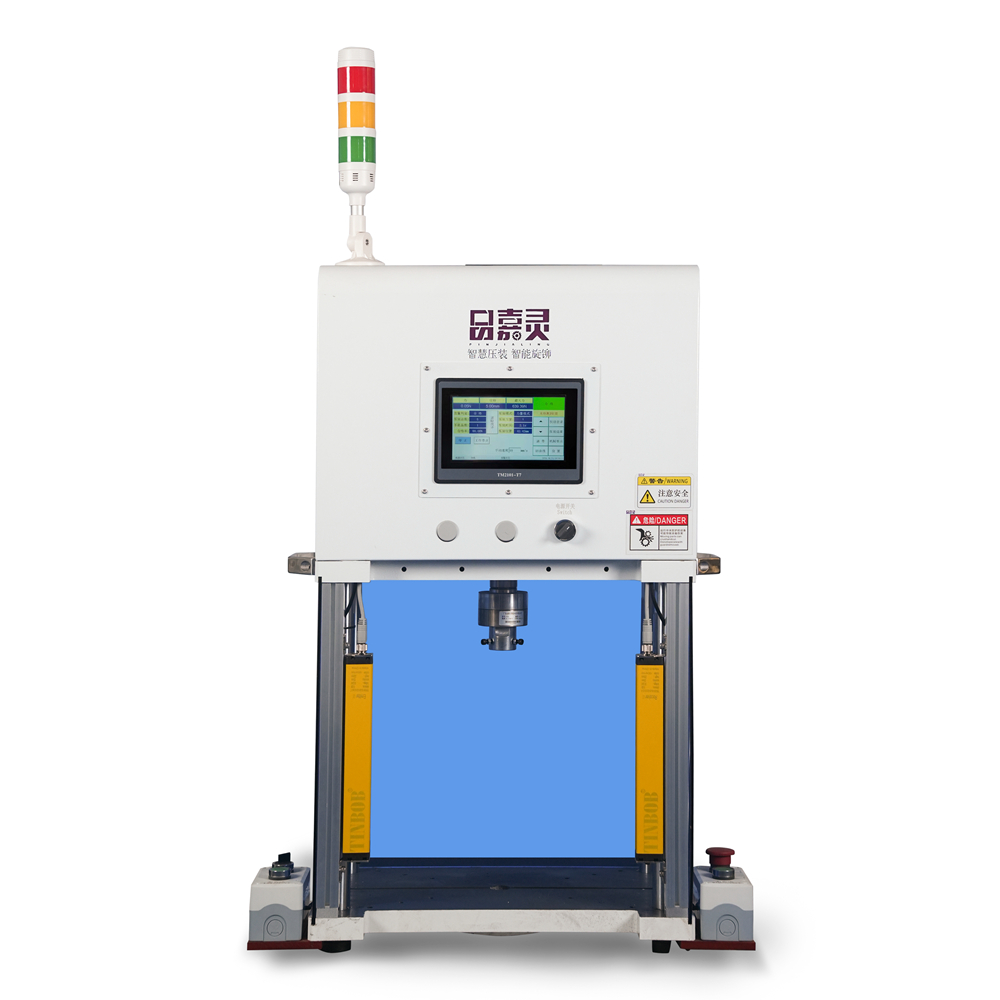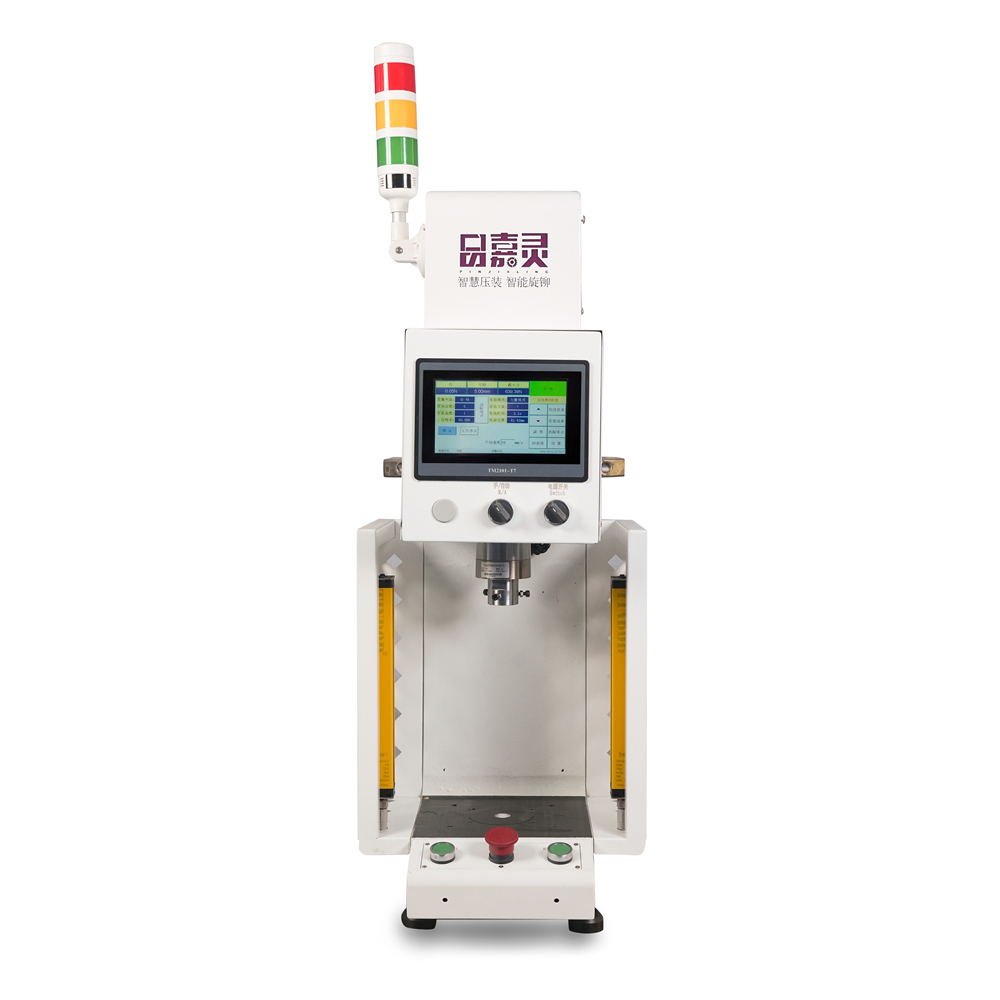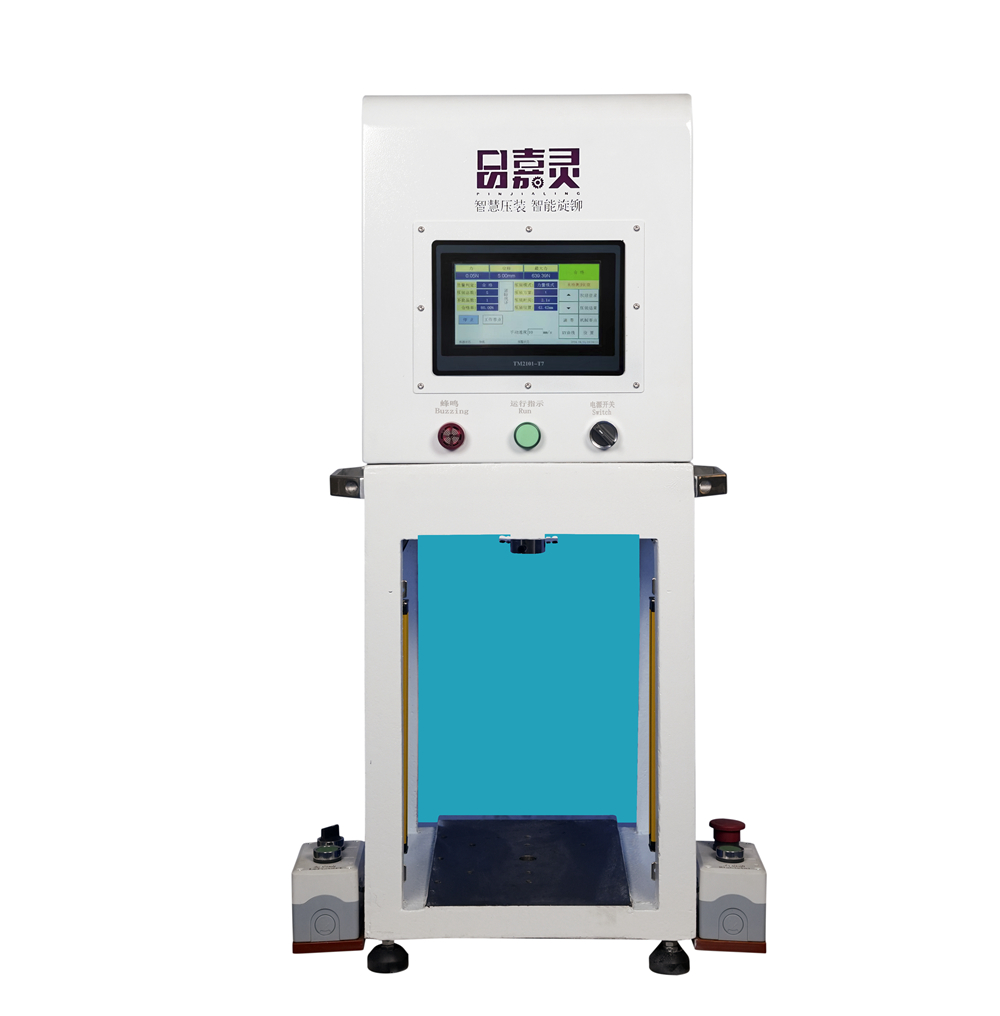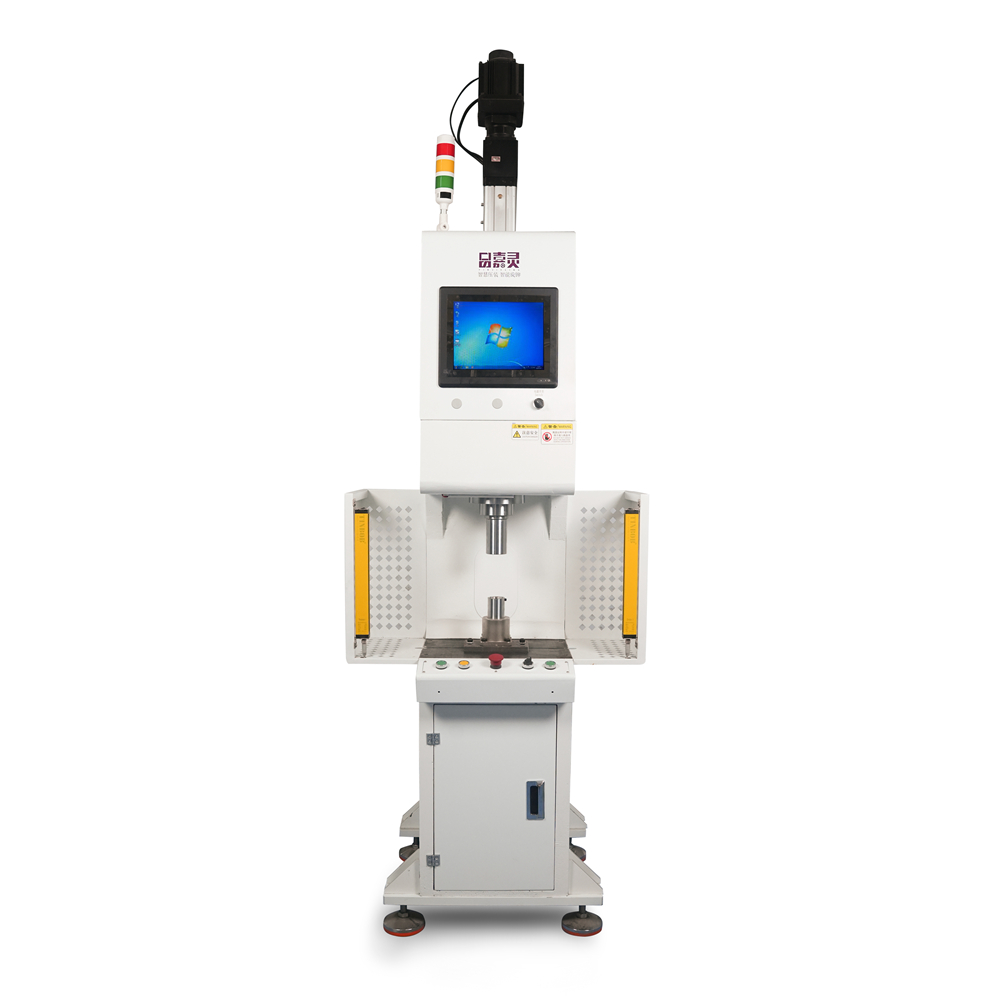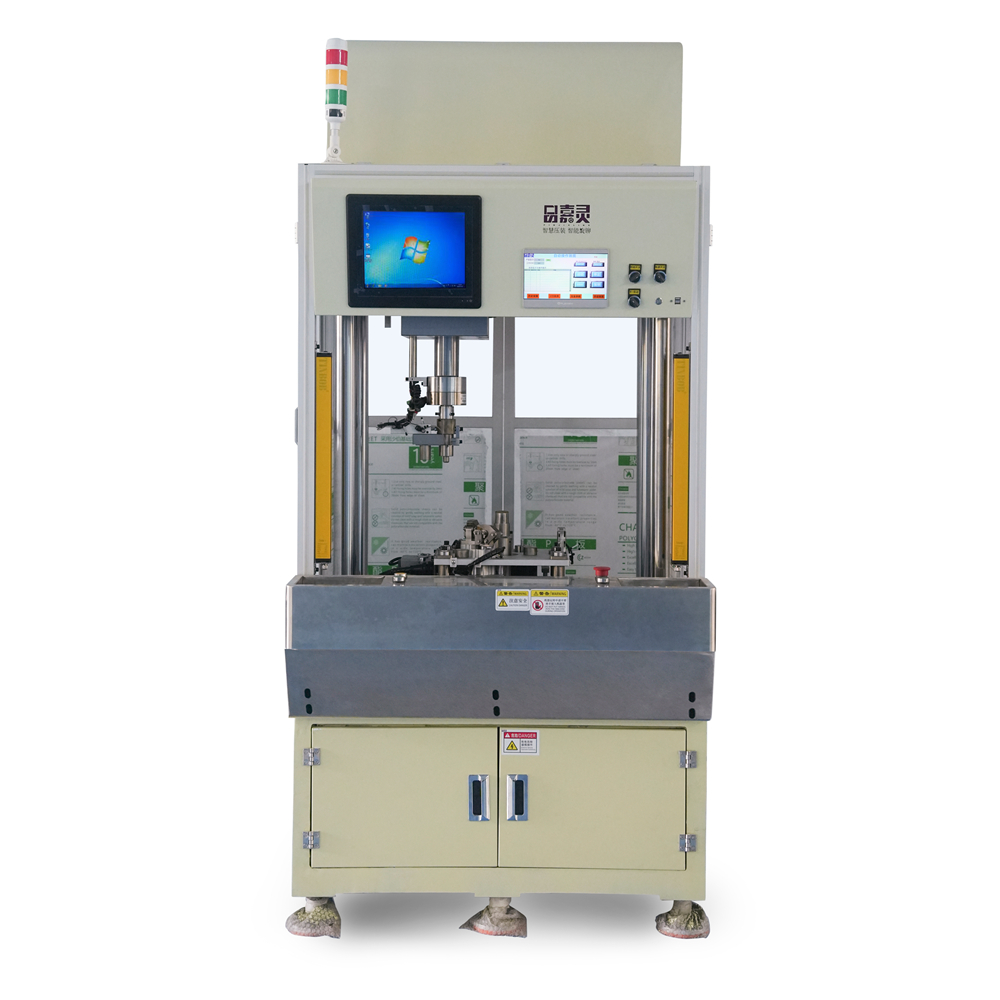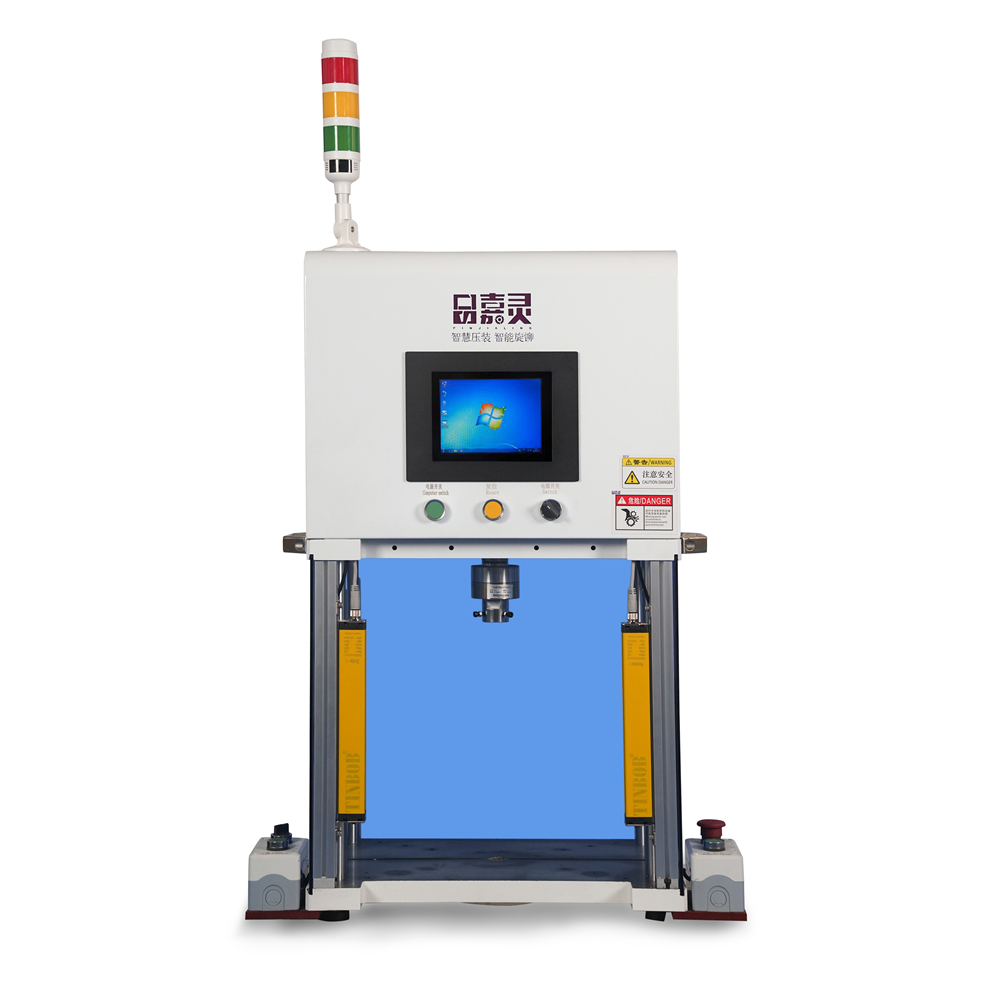Overview of Four-Post Presses: An Essential Guide
Introduction:
Presses à quatre montants are widely used in various industries for a multitude of applications. These heavy-duty machines are designed to exert high pressure on materials, making them ideal for tasks such as metal forming, forging, and extrusion. In this guide, we will provide a comprehensive overview of four-post presses, discussing their working principles, types, applications, and advantages.
Working Principle:
Four-post presses, also known as four-column or quad-column presses, derive their name from the four vertical columns that support the moving platen. The working principle behind these presses is based on hydraulic or mechanical force. A motor-driven hydraulic pump supplies oil to the hydraulic cylinder, which drives the ram downwards, exerting pressure on the material placed on the lower platen. This pressure can be adjusted to meet the specific requirements of the application.
Types of Four-Post Presses:
There are two main types of four-post presses: hydraulic and mechanical. Hydraulic four-post presses utilize hydraulic force to generate pressure, while mechanical four-post presses use mechanical force, which is achieved through the use of gears, levers, or a rack and pinion system. Hydraulic presses are known for their smooth and precise operation, while mechanical presses are preferred for their high-speed capabilities.
Applications:
Four-post presses find applications in a wide range of industries, including automotive, aerospace, construction, and manufacturing. Some common applications include:
1. Metal Forming: Four-post presses are extensively used for metal forming operations such as stamping, punching, and deep drawing. The high pressure exerted by these presses allows for precise and repeatable forming of metal sheets or components.
2. Forging: Presses à quatre montants are used in the forging industry to shape metal parts by applying compressive forces. They can handle heavy loads and withstand high temperatures, making them suitable for hot forging processes.
3. Extrusion: Four-post presses are employed in the extrusion process, where molten material is forced through a die to create specific shapes. They provide the required pressure to extrude materials such as plastics, rubber, and metals.
4. Compression Molding: In compression molding, a preheated material is placed in a mold cavity and compressed using a four-post press. This process is commonly used for manufacturing products made from thermosetting plastics or rubber.
Advantages of Four-Post Presses:
Four-post presses offer several advantages over other types of presses, making them popular choices in various industries. Some key advantages include:
1. High Precision: Four-post presses provide precise control over the applied force, allowing for accurate and repeatable results. This is crucial in industries where tight tolerances are required.
2. Versatility: These presses can be customized to suit specific applications by adjusting the pressure, speed, and stroke length. They can handle a wide range of materials, making them versatile machines.
3. Rigidity: The four-column design of these presses provides excellent rigidity, ensuring stability during high-pressure applications. This rigidity minimizes deflection and enhances overall performance.
4. Safety: Four-post presses are equipped with safety features such as emergency stop buttons and safety curtains to protect operators and prevent accidents. They comply with international safety standards and regulations.
Conclusion:
Four-post presses are indispensable machines in modern manufacturing processes. Their ability to provide precise control, high pressure, and versatility makes them ideal for a wide range of applications. Whether it is metal forming, forging, extrusion, or compression molding, these presses deliver efficient and reliable results. By understanding the working principles, types, applications, and advantages of presses à quatre montants, manufacturers can make informed decisions when choosing the right equipment for their specific needs.
- Desktop four-column servo press: an efficient and precise industrial tool
- In modern industrial manufacturing, with the continuous improvement of product quality and production efficiency requirements,...
- Precise control of servo printing machines, the secret to improving printing quality and production efficiency
- Servo printers can significantly improve printing quality and production efficiency through precise control. Here are...
- Servo printer: intelligent equipment leading the new era of efficient printing
- With the rapid development of science and technology, the printing industry has also ushered in...
- Multifunctional Servo Riveting Machine: How to achieve efficient and accurate riveting process?
- In modern manufacturing, multifunctional servo riveting machine has become an indispensable equipment in many industrial...
- Motorcycle Engine Bracket Servo Press: The Power of Precision Manufacturing
- In the motorcycle manufacturing and assembly process, the engine mount is a key component that...
- Electric Lubricator: a powerful assistant in the field of lubrication
- Electric grease machine, a powerful assistant in the field of modern industrial lubrication, plays an...



